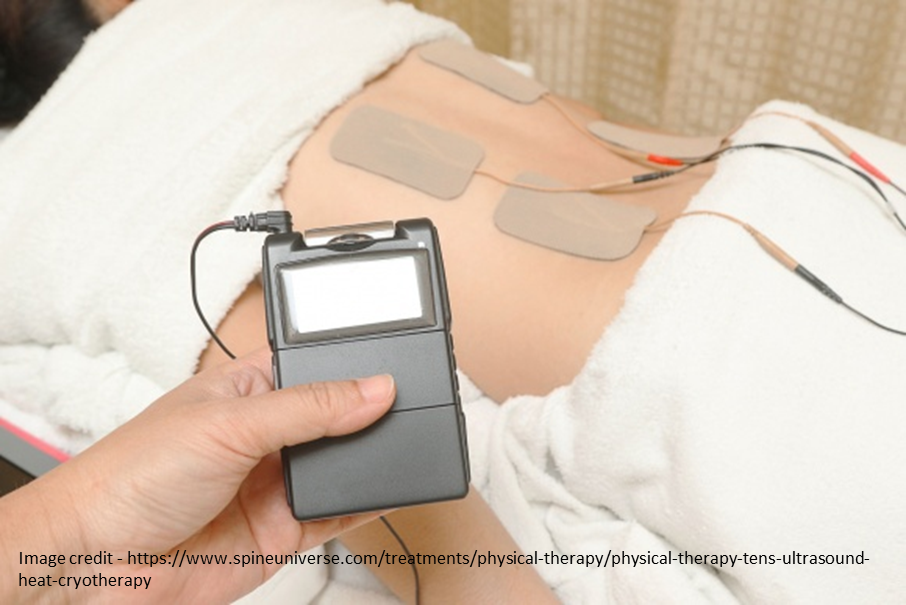
Pain management has come to be one of the major concern areas in healthcare in the recent decades particularly with older age population. The number of patients suffering from chronic pain such as back pain, migraine, neck pain etc., is constantly increasing. Cancer pain, again growing, is the largest segment of pain management therapies. Suffering from pain, affects one’s productivity, increases the nation’s healthcare costs and negatively impacts the patient’s emotionally and financially, hence compromising the quality of life in a big way.
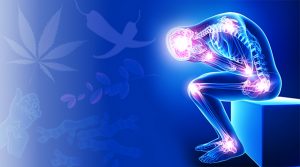
On the basis of indication, the different types of pain known are neuropathic pain, cancer pain, facial pain and migraine, musculoskeletal pain, fibromyalgia, chronic back pain, arthritic pain, migraine, post-operative pain, and others.
How do we commonly manage pain?
The most common way of pain management today is taking pain-killers or analgesics, essentially drug-based or opiod-based. These may be useful for one-time or very short-term pain relief, but if taken regularly over a long period of time, it may not be without side-effects or worse; just not so effective, resulting in one taking higher dosages for relief.
Are there drug-free, safer and effective ways of pain management?
There are several type of pain management devices available in the market today -neurostimulation devices, analgesic infusion pumps, and ablation devices.
Electrical stimulation is now commonly used for drug-free pain relief for the long-term treatment of chronic pain conditions and the relief of the acute pain of childbirth etc. This kind of therapy uses low-voltage electrical current for pain relief. One of the most common forms of electrical stimulation used for pain management is transcutaneous electrical nerve stimulation (TENS) therapy, which provides short-term pain relief. In TENS therapy for pain management, a small, battery-operated device delivers low-voltage electrical current through the skin via electrodes placed near the source of pain.
How do the TENS devices work?
Pain is felt as a result of the brain’s response to electrical (neural) and chemical (hormonal) changes in the body as a result of damage. Signals from the painful areas are picked up by the sensory receptors in the nerve endings. The nerve endings then transmit the signals via the nerves to the spinal chord and then the brain.
It is believed that the stimulating pulses from the TENS devices, interrupt the activities of the sensory receptors and hence stop pain signals from reaching the spinal chord and hence the brain. If the brain doesn’t get the messages from the nerves, it doesn’t know that there’s pain, and you simply don’t feel the pain.
It is also believed that the device also helps stimulate our body to produce higher levels of its own natural painkillers called endorphins.
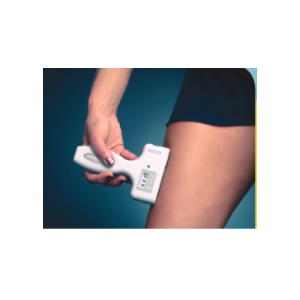
The electrical currents emitted by TENS devices are very low and mild; one may feel some warmth or a tingling sensation at the site of the electrodes. Each session typically recommended is about 15 minutes, and may be repeated multiple times.
How effective is TENS Therapy?
While TENS therapy is known to be harmless (unless the device is faulty), it may not be equally effective on everyone. Some people find TENS more helpful than others. Even so, there is no harm in trying it out in many situations. TENS is effective for pain relief from a very wide range of causes. TENS machines can be used to help reduce pain from problems in muscles, joints and nerves. It can be also used for people with musculo-skeletal pain such as long-term (chronic) back pain or knee joint arthritis. They are also often used for pain relief in the early stages of labour, particularly whilst a pregnant woman remains at home. Other uses include migraine headaches, period pain and sports injuries.
Common applications of TENS therapy
Some of the useful applications of TENS are:
- Period Pains
- Managing Labour pain
- Physiotherapy for managing various musculoskeletal and acute chronic pain and sports injury etc.
- Incontinence
Period Pains
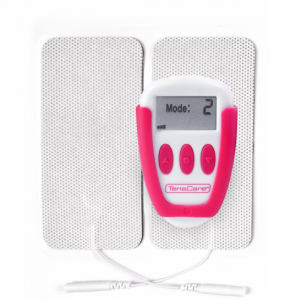
TENS machines specifically designed to treat period pain are available and provide natural form of relief from conditions such as:
- Dysmenorrhea (Period Pain): primary dysmenrrhea, secondary dysmenrrhea and menstrual cramps.
- Pain caused by endometriosis: pain in the abdomen, pelvis and lower back.
- Fibroids and pelvic inflammatory disease: pain in the abdomen, pelvis and lower back.
Managing Labour Pain
When it comes to giving birth, most women are afraid of labour pains. When in labour a women can feel the uterus contractions. The periodicity of contractions start increasing as the delivery approaches and can seem relentless and unbearable.
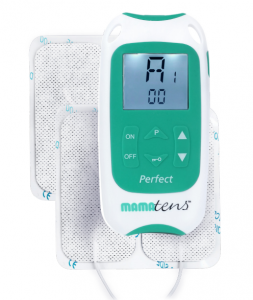
TENS is a drug-free pain relief therapy that can be used during labour and is likely to be not only more helpful in early stages of labour, but also more effective if used from early stage, on the whole, as this allows the body time to build endorphin levels, which can take around 30-40 minutes.
Physiotherapy
Multiple types of therapies are used for physiotherapy and rehabilitation including EMS, IFT and MIC. Electrical Muscle Stimulation is a generally used in sports and rehabilitation. IFT (Interferential Therapy) is used for the symptomatic relief and management of chronic pain, post traumatic and post-surgical pain. IFT can also help with healing rate. MicroCurrent Stimulation, involves passage of very low current through the body and is useful in treating nerve and muscle pain.
Managing Incontinence
Urinary incontinence is a very common problem especially among the senior age groups. In many cases the problem can be treated or significantly improved.
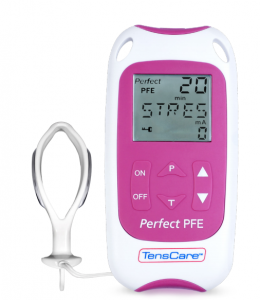
Urinary incontinence is often a result of a weak or impaired pelvic floor muscle, which is helpful in n supporting the abdominal and pelvic organs, bladder control, bowel movement, birthing process etc. In men, it also impacts erectile function and ejaculation.
Electrical Pelvic Floor Exercisers (PFE) offer a non-invasive method of stimulating the pelvic floor muscle while exercising and over a period of exercising build muscle strength.
Pain management has come to be one of the most important areas of healthcare in the recent decades, so much so that it is said to be a US$60 billion market and expected to grow to nearly US$80 Bn by 2024. Awareness among people is low and hence drug-based pain treatment continues to be more prevalent. However, Newer, better and affordable pain management devices are coming into the market and hope to provide relief to majority in a drug-free safe way.
https://in.linkedin.com/in/shanthi-mathur-ab07838
